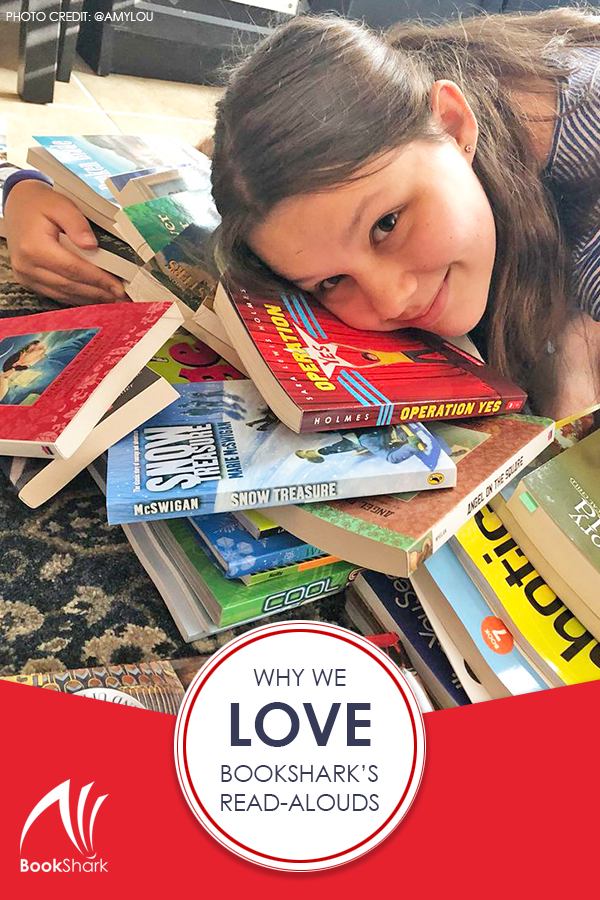I admit it, verbal sparring is my knee-jerk reaction when I’m asked about homeschool socialization. Even as a seasoned homeschool mom, this topic still puts my emotions into overdrive. To prevent knee-jerk sarcasm or snarky one-liners, I have prepared 10 quick-witted comebacks. Maybe you can use one or two when you get the dreaded socialization question.
1. “Though my son had good teachers, none of them can provide the love, time, patience, or energy that I can.”
This answer takes the attention away from socialization and puts it on why I really homeschool, which is the superior one-on-one tutoring. I emphasize the flexibility and adaptability of homeschooling.
Homeschooling is all about change. As the child’s needs change, so do the curriculum, teaching methods, and schedules. Most reasonable people will admit that level of flexibility is almost impossible for a public school to achieve.
2. “Schooling at home builds self-esteem which is the foundation of healthy social skills.”
Everyone knows the reality of bullying and how it can impact children even well into adulthood. Homeschooling minimizes those negative interactions so that children have a chance to build their own self-worth.
3. “Public school is a very recent happening. Before public school, everyone, including the founding fathers, was homeschooled or used private teachers.”

Not every reply has to be short. A well-researched reply explaining the history of public education can help a person appreciate that you’re using a time-tested method of instruction.
4. “I want my kids educated not entertained.”
To elaborate, I may explain my exasperation with the notion that every moment of a child’s life has to be planned. Being constantly entertained leaves little room for imagination and intuition.
5. “The only way my homeschooled kids won’t make friends is if we don’t get out.”
6. “I prefer that my children socialize with others of different ages because I want my kids to accept people of varying backgrounds and ages.”
7. “We homeschool because if a schedule or curriculum is not working, I don’t have to get the principal’s approval to change it.”
8. “Homeschooling is the best option for our family.”
This is another one where it’s hard for people to pick an argument with you when you state that your family benefits best from this type of teaching.
9. “This year I will need to cut back on our socialization activities because we need to stay home to school.”
Why do people think we lock away our kids at home? Sometimes the situation is quite the opposite and homeschool families find themselves out and about far too much of the time.
10. “Standardized tests are flawed and don’t really measure how well children learn. However, I have some stats here for you if you would like to know how homeschooled kids perform.”
Stats and facts help naysayers to understand a situation in a way they process information.You can either print out articles from National Home Education Research Institute (NHERI) or direct them to that website for their own research.
Being prepared is part of my nature, but finding humor and being good-natured when asked about homeschooling is something I like doing too. Sometimes you can find humor in a statement and other times you have to give an explanation.









